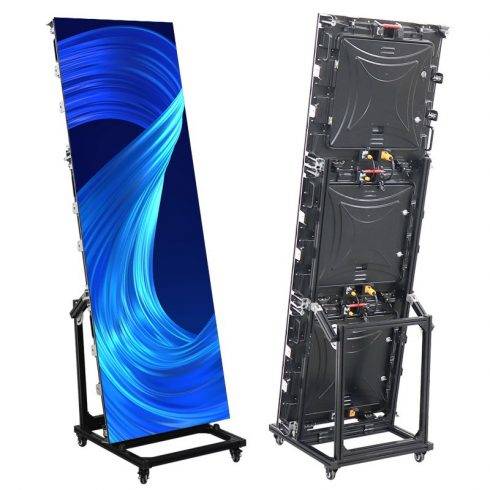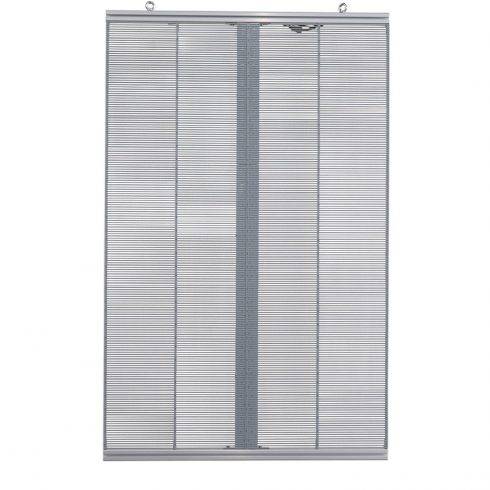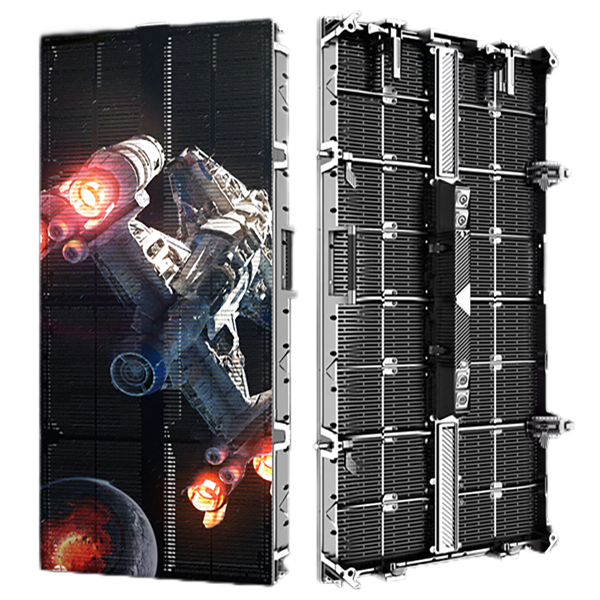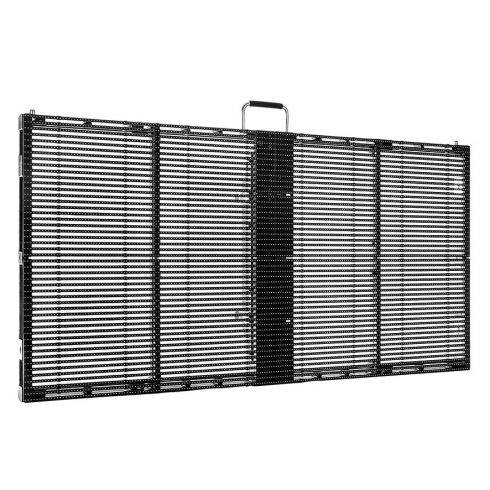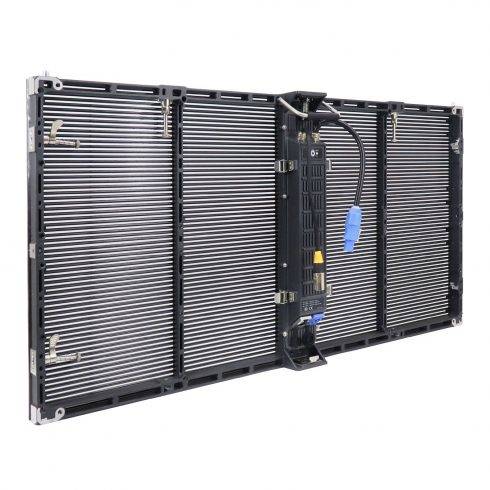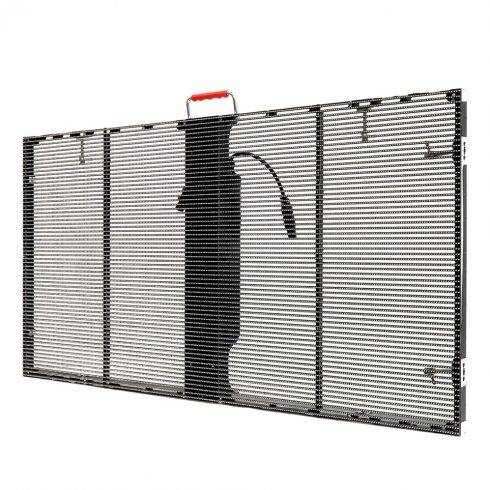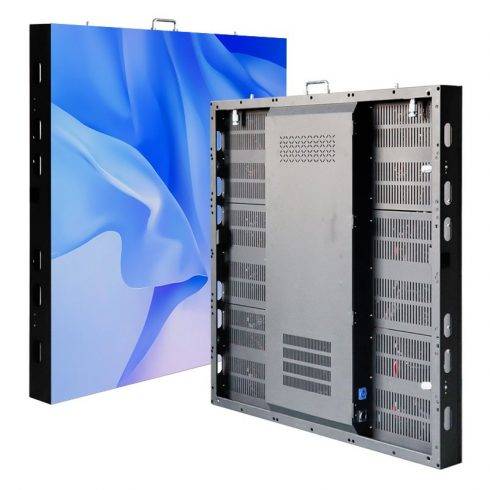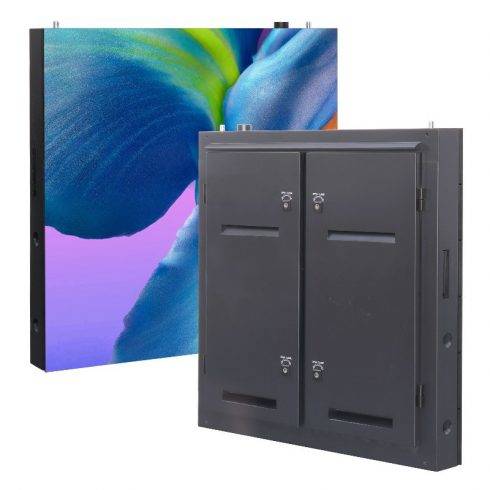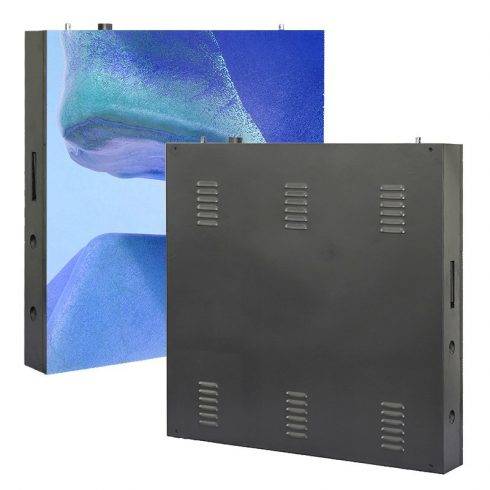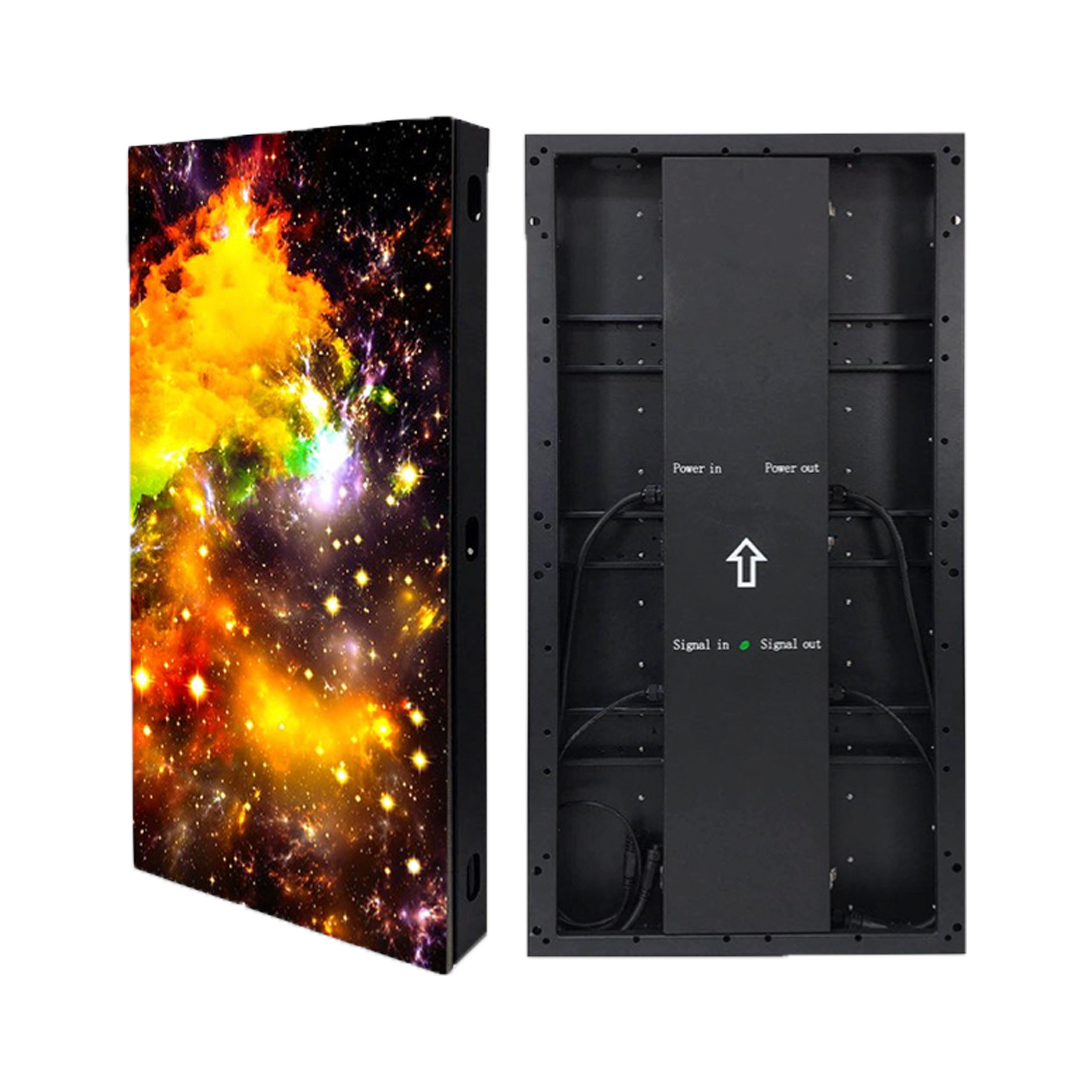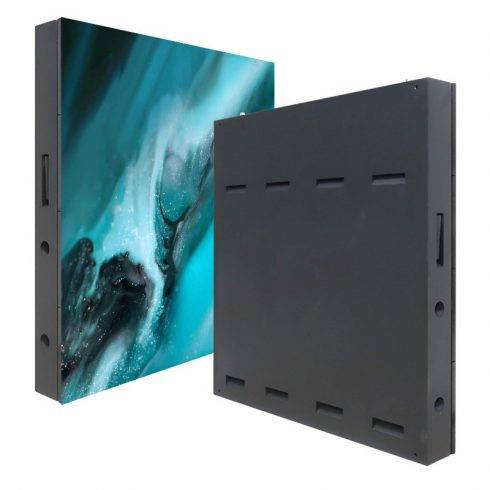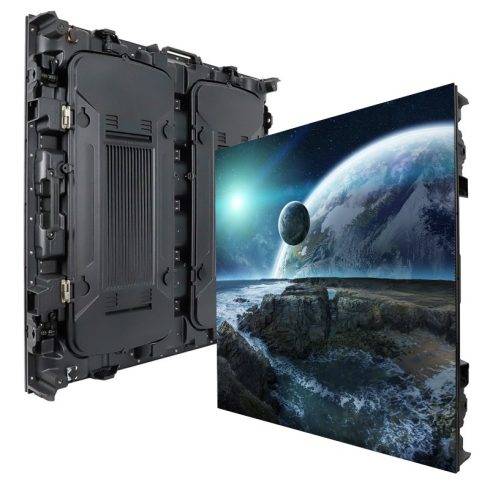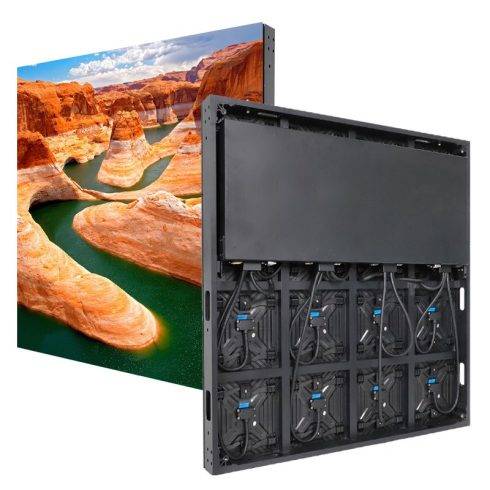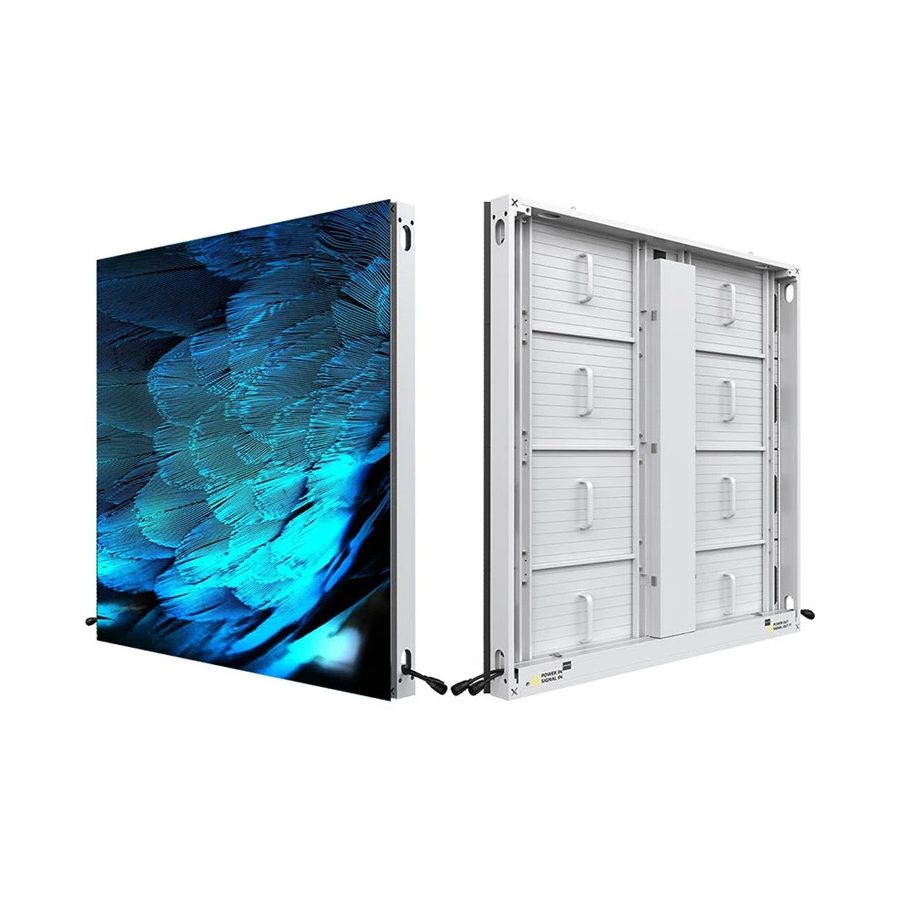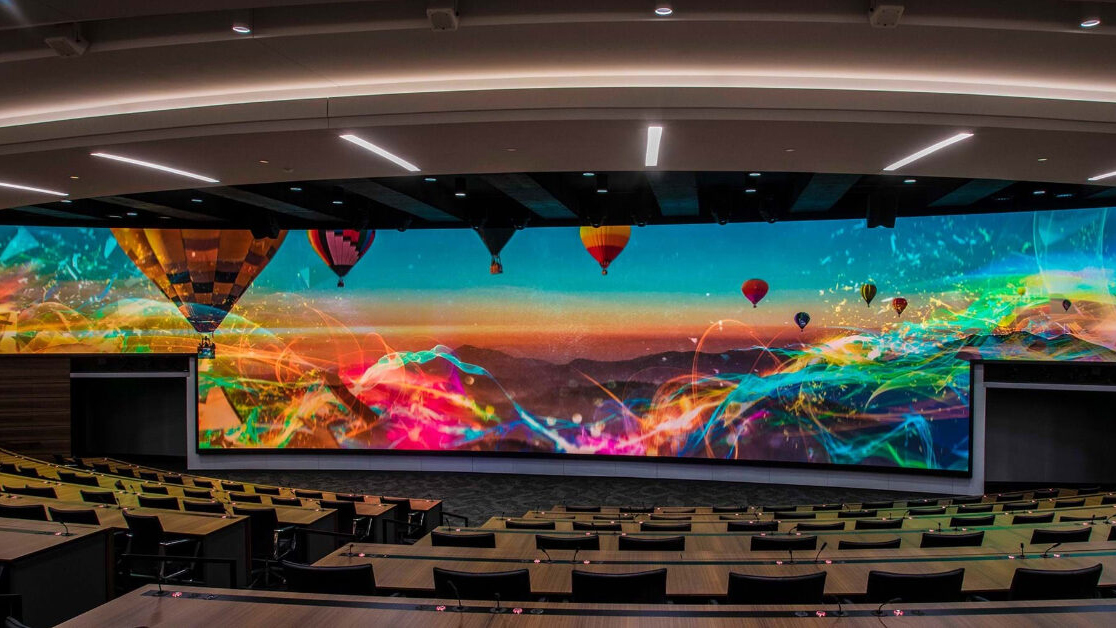LED displays have become essential in many applications, from advertising to information display in public spaces. Choosing the right LED display size is critical for maximizing impact, ensuring legibility, and optimizing cost. This guide will walk you through the step-by-step process of calculating the size of an LED display for your needs, from understanding key metrics to practical tips for accurate measurements.
1. Understanding LED Display Basics
Before diving into size calculations, let’s review a few essential LED display concepts:
- Pixel Pitch: The pixel pitch of an LED display refers to the distance between the centers of two adjacent pixels, usually measured in millimeters (mm). Smaller pixel pitch (e.g., 1.5 mm) allows for sharper and more detailed images because there are more pixels per square meter.
- Resolution: The resolution is the number of pixels in the display, measured as width by height. For example, a display with a resolution of 1920 x 1080 pixels will show 1,080 pixels in height and 1,920 pixels in width.
- Aspect Ratio: This ratio compares the width to the height of the display. The most common aspect ratio is 16:9, which is standard for most media content.
Understanding these basic concepts will help you select the right screen size and pixel density for your specific application.
2. Factors Influencing LED Display Size
When calculating the LED display size, several factors come into play:
- Viewing Distance: The optimal viewing distance affects the required pixel pitch, as larger pixel pitches work better from greater distances. For closer viewing, a finer pixel pitch is required.
- Content Type: The type of content (text, images, video) influences the display size and resolution required. Text-heavy content needs higher resolution to ensure readability.
- Space Constraints: The available physical space impacts the maximum possible size of your LED display.
3. Formula for Calculating LED Display Dimensions
The primary formula to calculate the dimensions of an LED display involves the following steps:
Step 1: Determine the Number of Pixels
To calculate the display size, start by determining the total number of pixels in width and height. This depends on the resolution (width x height) and pixel pitch.
Step 2: Calculate the Width and Height in Meters
Use this formula for both width and height dimensions:
Display Dimension=Number of Pixels×Pixel Pitch (in meters)\text{Display Dimension} = \text{Number of Pixels} \times \text{Pixel Pitch (in meters)}Display Dimension=Number of Pixels×Pixel Pitch (in meters)
For example, for a display with a pixel pitch of 3 mm (or 0.003 m), and a resolution of 640 x 360 pixels:
- Width = 640 pixels x 0.003 m = 1.92 meters
- Height = 360 pixels x 0.003 m = 1.08 meters
Therefore, the LED display dimensions would be 1.92 meters x 1.08 meters.
Step 3: Calculate Diagonal Size (Optional)
If you want to know the display’s diagonal size, use the Pythagorean theorem:
Diagonal=(Width2+Height2)\text{Diagonal} = \sqrt{(\text{Width}^2 + \text{Height}^2)}Diagonal=(Width2+Height2)
For the example above:
Diagonal=(1.922+1.082)=2.19 meters\text{Diagonal} = \sqrt{(1.92^2 + 1.08^2)} = 2.19 \, \text{meters}Diagonal=(1.922+1.082)=2.19meters
4. Optimal Viewing Distance and Pixel Pitch
Determining the correct pixel pitch is essential for display quality, especially for larger screens intended for close viewing. As a rule of thumb:
- For close-up viewing (e.g., 1-3 meters), a pixel pitch of 1-3 mm is ideal.
- For medium-range viewing (e.g., 3-10 meters), a pixel pitch of 4-6 mm is suitable.
- For long-distance viewing (e.g., more than 10 meters), pixel pitches of 10 mm or greater work well.
To calculate the optimal pixel pitch for a given viewing distance, the rule of thumb formula is:
Pixel Pitch(mm)=Viewing Distance (in meters)/10\text{Pixel Pitch} (mm) = \text{Viewing Distance (in meters)} / 10Pixel Pitch(mm)=Viewing Distance (in meters)/10
So if your intended viewing distance is 5 meters, a pixel pitch of 0.5 mm will yield excellent results.
5. Estimating LED Display Area
If you want to know the total area of an LED display:
Area=Width×Height\text{Area} = \text{Width} \times \text{Height}Area=Width×Height
Using our previous example:
Area=1.92 m×1.08 m=2.0736 m2\text{Area} = 1.92 \, \text{m} \times 1.08 \, \text{m} = 2.0736 \, \text{m}^2Area=1.92m×1.08m=2.0736m2
This measurement can help you estimate installation space and structural support requirements.
6. Practical Examples of LED Display Size Calculations
Let’s go through two examples, one for indoor and one for outdoor displays.
Example 1: Indoor LED Display for a Corporate Lobby
Suppose you need an LED display for a corporate lobby, where the average viewing distance is around 2 meters.
- Optimal Pixel Pitch: 2 meters / 10 = 0.2 mm
- Resolution: You choose a 1920 x 1080 display resolution for clear image quality.
- Display Size Calculation:
- Width = 1920 x 0.0002 m = 0.384 meters
- Height = 1080 x 0.0002 m = 0.216 meters
The display would measure approximately 0.384 m x 0.216 m, which may be small for lobby use. This demonstrates why indoor displays often need smaller pixel pitches for better quality, and that higher resolutions may be necessary for larger physical displays.
Example 2: Outdoor LED Display for a Sports Stadium
In a sports stadium, the viewing distance is significantly larger, say 20 meters.
- Optimal Pixel Pitch: 20 meters / 10 = 2 mm
- Resolution: For a basic 960 x 540 resolution.
- Display Size Calculation:
- Width = 960 x 0.002 m = 1.92 meters
- Height = 540 x 0.002 m = 1.08 meters
With these dimensions, the display would measure 1.92 meters x 1.08 meters.
7. Tips for Selecting the Right LED Display Size
- Consider Resolution Requirements: High-resolution displays need larger numbers of pixels, which impacts overall size. For instance, full HD (1920 x 1080) might be unnecessary for long-distance viewing.
- Account for Ambient Lighting: Outdoor displays require high brightness, which could affect display choices. Opt for high-brightness LED panels for outdoor settings.
- Plan for Future Expansion: Some LED displays are modular and can be expanded in size by adding additional panels. If you anticipate needing a larger display in the future, consider this modularity in your initial calculations.
8. Common Mistakes to Avoid in LED Display Sizing
- Ignoring Viewing Distance: Overlooking viewing distance can lead to poor visibility. Always prioritize this when selecting pixel pitch.
- Choosing Excessively High Resolution: Higher resolutions cost more and may be unnecessary for distant viewers. Match resolution with the viewing range.
- Not Accounting for Maintenance Space: Be sure to leave extra space around the display for ventilation, cable routing, and future maintenance.
Conclusion
Calculating the right size for an LED display involves multiple factors, including resolution, pixel pitch, and viewing distance. By following these guidelines and using the formulas outlined, you can select an LED display that balances visibility, quality, and cost-efficiency. Remember, the ideal display size and pixel pitch depend on the environment and purpose of the LED screen, so take time to analyze your specific needs before making a final decision.








